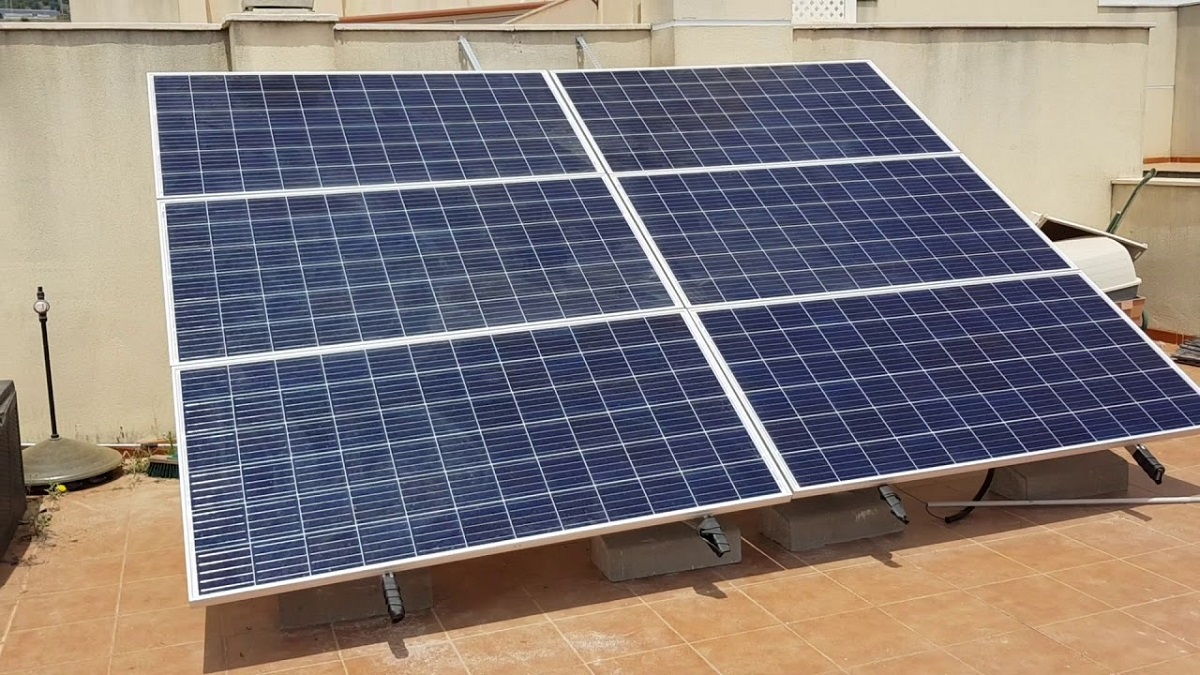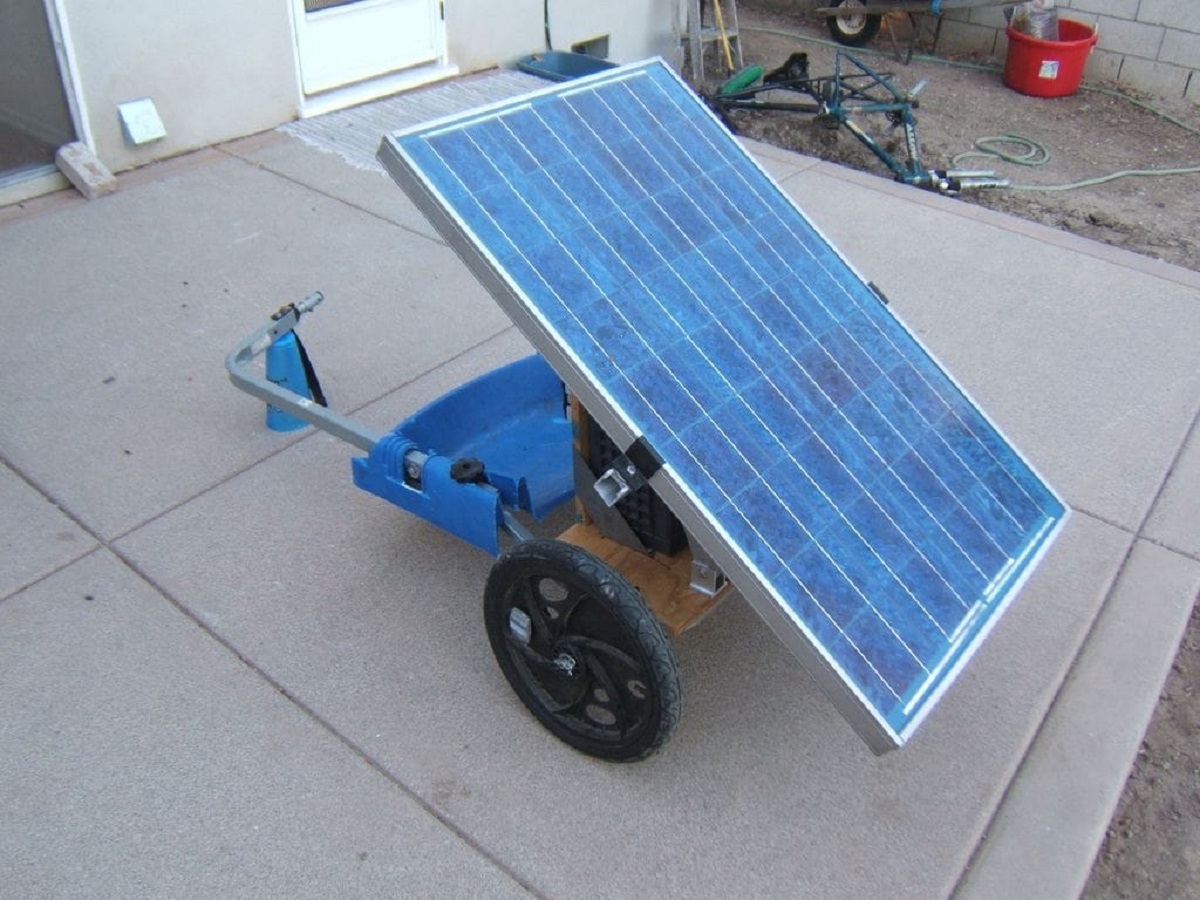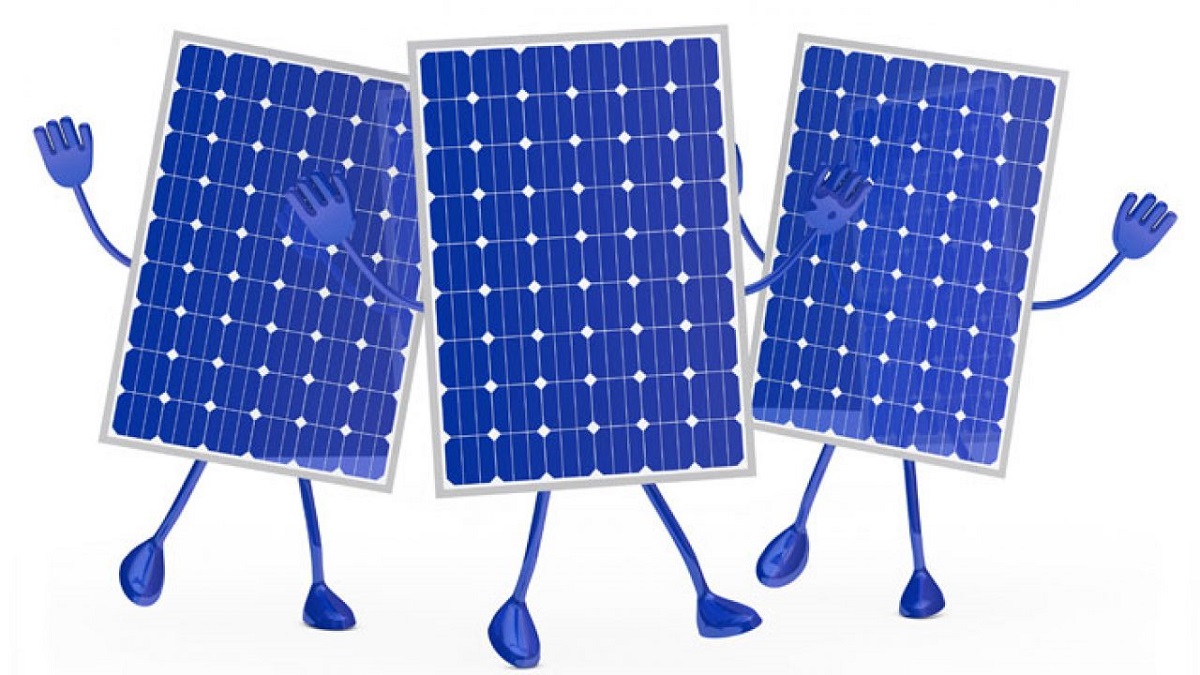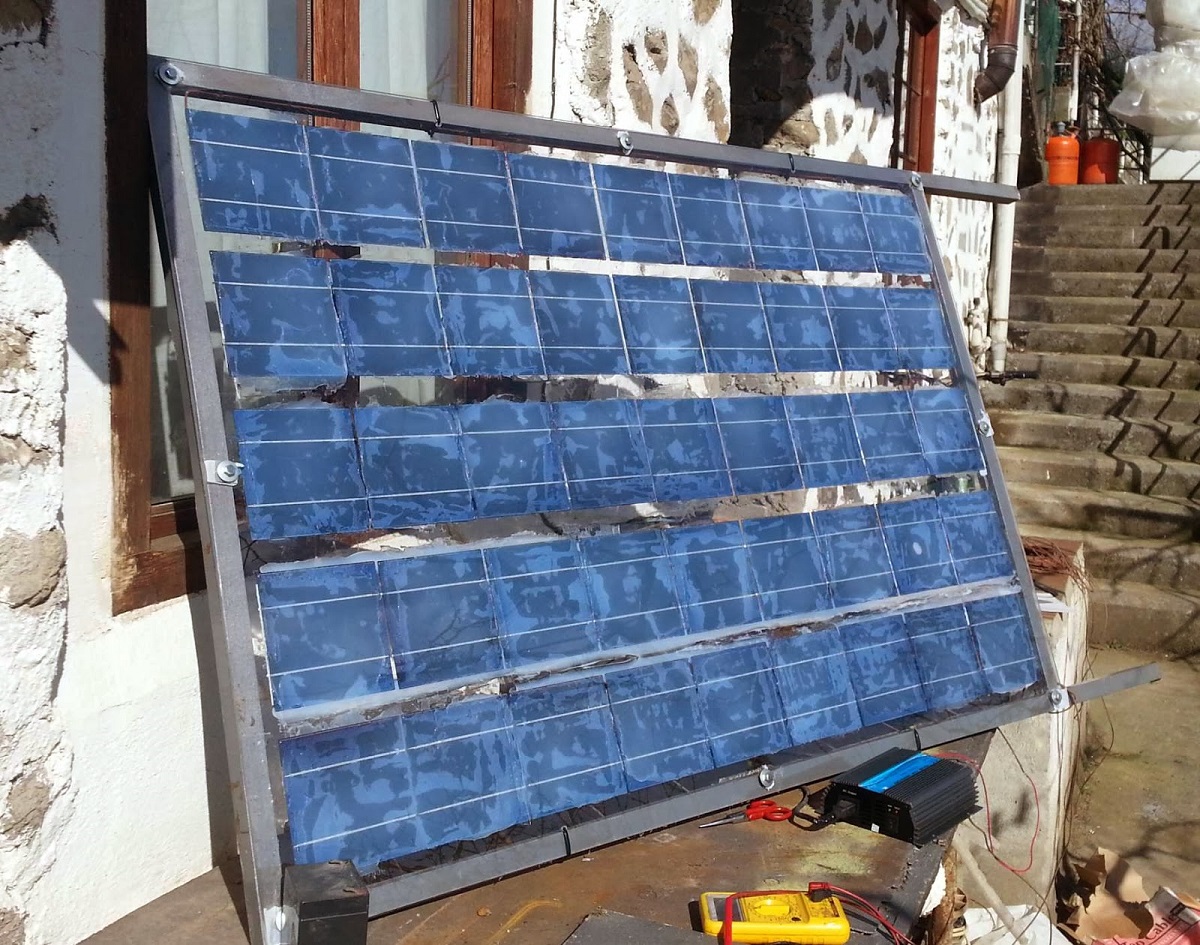
We know that solar energy is the most widely used renewable energy in the world. The main objective of renewable energies is to supply all the energy input without damaging the environment in a sustained manner over time. For this, it becomes interesting to learn how to make homemade solar panels to take advantage of the sun's energy in the home and reduce the electricity bill.
In this article we are going to tell you how to make homemade solar panels and what aspects you should take into account.
What is a solar panel?

A solar thermal panel It is a device that converts solar radiation into thermal energy to produce hot water and/or heating.. It is different from photovoltaic solar panels, which are used to generate electricity. It basically consists of a panel, an exchanger and a tank, each of which is used to capture solar energy, circulate it and store it.
In this way, solar panels convert solar energy into useful energy, heat or electricity for humans. Although the exterior is similar, there are different solar panel technologies. The energy source is always the same, solar, but some panels can be used to heat domestic water while others are used to generate electricity.
How to make homemade solar panels

To build our solar panels, we only need some materials, which are easy to obtain, we can use these materials to get some solar energy, and as we all know, besides being free, It does not require maintenance, and we can enjoy it all year round.
It is at this point, as people become more aware of the harmful consequences of using fossil fuels for the environment, that it is time to think. A good place to start might be to build a device that captures solar thermal energy, as this is one way to introduce us to the important idea of harnessing renewable energy, despite its rather limited capacity and use.
How to make photovoltaic solar panels step by step

Although we could find the simplest models for 200 euros, our homemade models were cheaper and made us feel comfortable knowing how they work and how they are made. Although its use will always be for "domestic" purposes such as charging the car battery, turning on some lights at home, etc. We show you how.
Materials
- One square meter of base of any non-electrical material. Some people prefer wood, but it is heavier than others, such as acrylic. You can find them in construction materials supermarkets or specialized plastics stores.
- Solar battery. They are especially sold in online stores such as e-bay. They are usually batteries with some defect, since new ones are very expensive (although some are sold). They are easy to find and inexpensive, and can be sold in bulk or as ready-to-make-panel kits (from €2,50 for a 2,36W battery, around €30 for a kit of 36 batteries, for a total of 93W). For example, we need a panel of about 18 W to charge a car battery, we need 32 to 36 cells.
- Low power soldering iron.
- hot melt adhesive or polyester adhesive, as well as blocking diodes. Glue and diodes are usually included in the kit.
- Plexiglass of the dimensions of the solar panel (two, one on each side).
- Paint to protect the wood.
Steps to follow
- After protecting the base of our panel from inclement weather with paint (if it's wood, as our panels will last for years), the first thing we do is place what we have of solar cells on the base.
- It is important that we buy batteries without wax (normally they are used to protect them during transport since they are very fragile), otherwise we will have to carefully remove this wax, which is a tedious process.
- The cells must cover the front and back of the panel, that is, if we have 36 cells, we will place 18 on one side and 18 on the other. It is always good to have extra cells because they are fragile and we can destroy more than one.
- We have to combine them with negative and positive respectively. Batteries usually have cables or connectors to make the connections, which will make the job easier (verify this data when making the purchase).
- As well we need to solder them to make them connect well (you can do this with a low-power soldering iron, being careful not to damage the battery, or if you don't want to solder, use hot glue). We'll do this with the cell down. Then, carefully, we turned them over and glued them to the panel with silicone, following the signs that would serve as a guide.
- Then we have to protect our panels from the weather, a good way is to use plexiglass or any plastic sheet that we place and screw to our circuit.
- The system also needs a blocking diode so that do not discharge at night or on cloudy days. Finally, we connect the cable to the socket and the panel is ready to use.
How to make solar thermal panels step by step
Other highly demanded panels are solar thermal panels: panels used to heat water. We recommend a very simple model that even your children can make (teaching them about the sun's thermal energy is a good exercise). It is simple and cheap.
Materials
- A cardboard box
- A 1,5 or 2 liter plastic bottle
- Celofan paper
- black paint
Steps to follow
- We clean the bottles and paint them with black paint. Then we disassemble the cardboard box and cover the inside with aluminum foil, which you can glue to the cardboard. The box has to be dimensioned so that the bottle does not move inside.
- We fill the water bottles ¾ parts and press them so that the water rises. We cover them with cellophane and put them in the box. We tape them so they don't fall out and close the box.
- Now all that remains is to place it somewhere in the house facing south, where there is sunlight, on a slope of about 45 degrees with respect to the ground to take advantage of the sun's rays. After two to five hours (depending on the sun), you will have hot water to prepare your infusions, wash the dishes or use it according to your needs.
I hope that with this information you can learn more about how to make homemade solar panels.